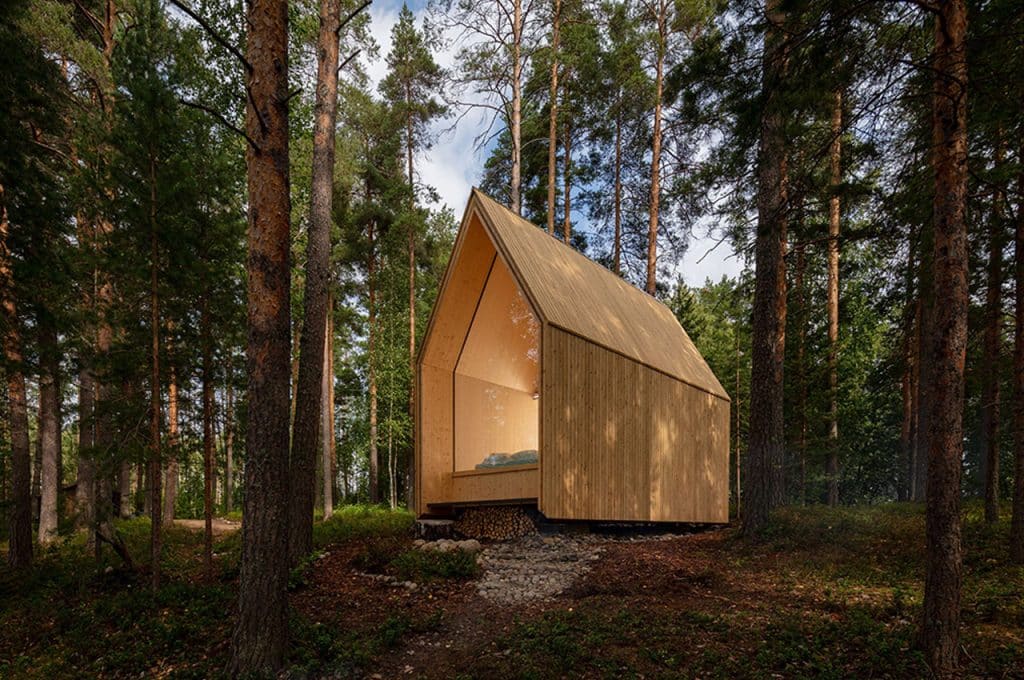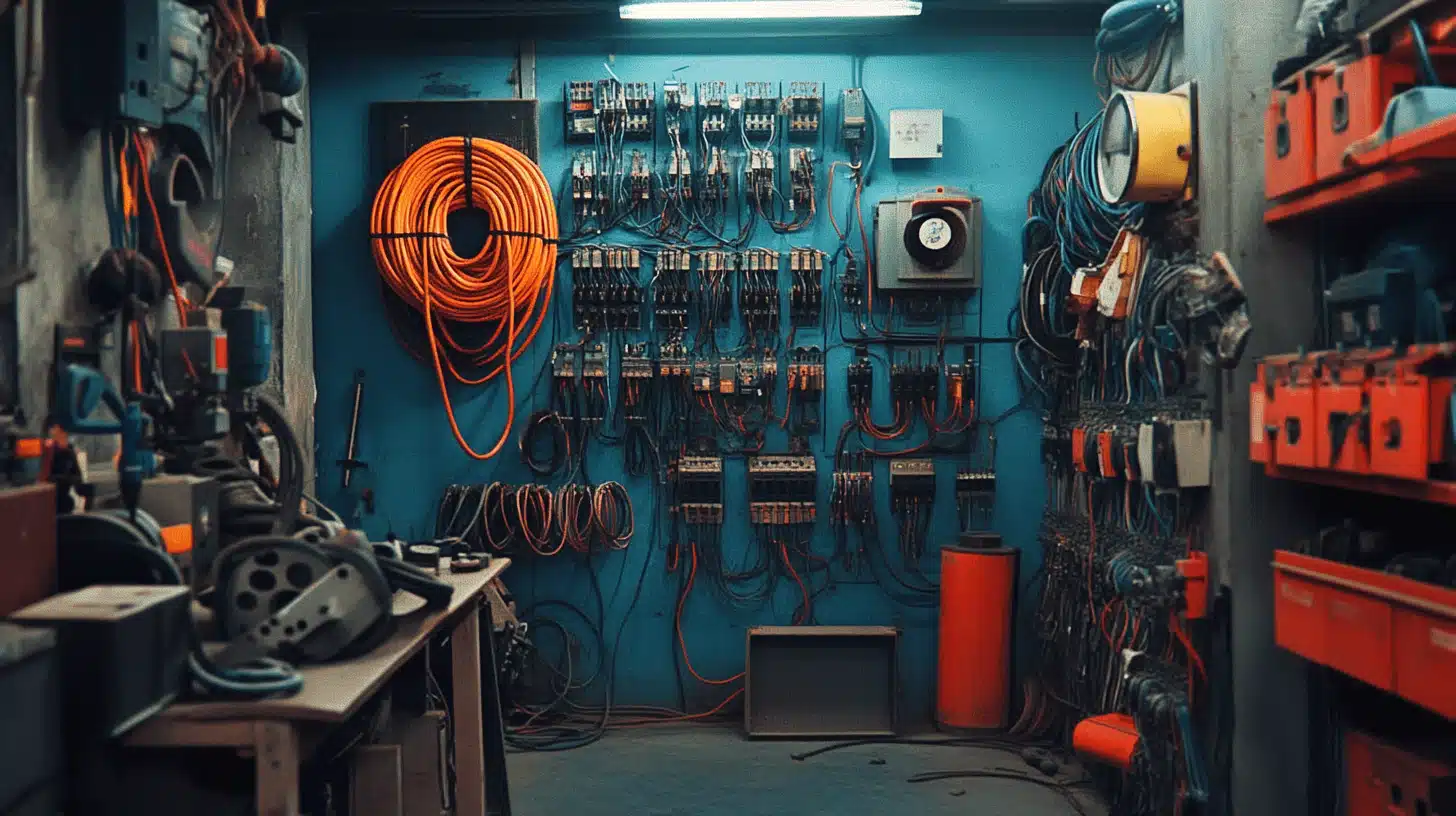Building with Nature: Sustainable Construction Ideas for the Great Outdoors
Around 84% of homeowners value living in a green home. Sustainable, innovative design provides greater harmony with our environment, but a home that treads lightly on the planet requires weaving eco-consciousness into its blueprint.
If you plan to live in nature, you may want to consider it when creating your space. We have some tips to help you do exactly that.
Using Campground Cabins for Sustainable Living

Wood is the OG renewable resource. Unlike some building materials that drain the Earth dry, wood used for housing options like campground cabins can be replanted and regrown.
Campground cabins have a low carbon footprint, making traditional houses look like gas-guzzling SUVs. They’re the kings of insulation, keeping you cozy in winter and chill in summer. They also tick all the required boxes for durability—built to last in the face of whatever Mother Nature throws their way.
Embracing Natural Light when Building
Every ray of sunshine streaming through your windows enhances your home’s energy performance, reducing your reliance on artificial lighting. When sketching out your dream home, think strategically about window placement. Catching those golden beams at just the right angle can make your space a beacon of eco-friendliness.
Double-glazed windows keep your home snug and also play a nifty trick called passive solar gain. Basically, your windows become little heat traps, soaking up the sun’ssun’s warmth in winter and keeping the chill out when the mercury drops—a built-in heater that runs on sunshine.
Pro tip: When the summer sun starts cranking up the heat, strategically placed windows can let the cool breeze dance through your home, with no electricity required.
Insulation Is Your Weapon Against Energy Waste
So, you’ve got your double-glazed windows locked and loaded, but what about the rest of your home? If you want to dial up the eco-friendliness, it’s time to cozy up to insulation. From the walls to the roof to the floor, the more insulation you have, the less energy you need to keep things comfy.
The goal here is to ensure every bit of heat stays in when it’s chilly, and every blast of cool air stays out when it’s sweltering. Millions of tiny air pockets snugly nestled within the fibers of your insulation create a barrier, and bulk insulation is the best option for thermal protection. The trick, however, is to avoid squishing those air pockets! Compression is the enemy of insulation; squeezing out those precious pockets of still air will dilute your insulation’s effectiveness.
Bulk insulation comes in all shapes and sizes, from batts and blankets to boards and loose fill. Just pick the best option for your space and budget.
Turn the Faucet on To Water Savings
Cutting down on water waste is a big part of sustainable building. Taps and showers are the main areas of focus, and by swapping out those old-school fixtures for water-saving alternatives, you can cut down on water usage without sacrificing a refreshing rinse.
Low-flush toilets are another great way to use a fraction of the water that their old-school counterparts do. This is a double-whammy when teamed up with rainwater collection. By collecting rainwater, you’re harnessing a free and plentiful resource for your garden and even your bathroom. Rainwater collection also reduces flood risks and cuts down on water costs. It’s a win for your wallet and the planet!
Green and sustainable building blocks
Truly sustainable construction is all about the materials you choose. By choosing recycled, biodegradable wonders and old-school favorites that have been given a new lease on life and saying no to pollution and energy guzzlers, you’ll leave the planet smiling.
You can opt for recycled construction materials or eco-friendly flooring and fixtures like the following:
- Bamboo
- Fast-growing renewable material
- Versatile and cost-effective
- Absorbs more CO2 than trees
- Recycled Plastic
- Reduces waste in landfills and waterways
- Doesn’t require toxic preservatives
- Can be used for various construction materials
- Laminated Timber
- Lower carbon footprint than steel and concrete
- Prefabricated for faster construction
- High strength and water resistance
- Stone
- Naturally occurring and durable
- Versatile for both construction and furnishings
- Little to no waste production
These are just some of the options available. Green materials are good for the Earth, and they’re good for your home, too.
Building a more relaxed and peaceful way of life
With stunning homes and a friendly and supportive community, the collection of homes at A House in the Hills can help you discover the beauty of life in nature. We embrace sustainability, love the great outdoors, and thrive on adventure. Come join us!







